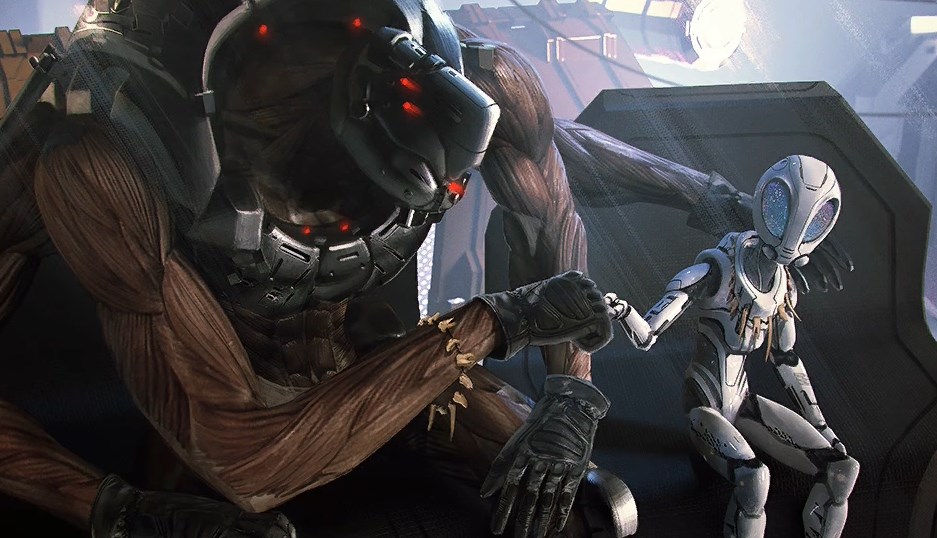
The fourth and fifth billion were added in 14 and 13 years respectively. Between 19, the third billion was added, despite a world war. Consider this when I was born, in 1931, the world's population was 2 billion. Lamm has described as the upper slopes of some awesome logarithmic curves. What do you do about a place like Algeria, where 75 percent of the population is under 25 years of age and nearly 30 percent of the work force is unemployed?Īttention should be paid, however, because the world continues to live on what former Colorado Governor Richard D.

But the agony of these places has been well-documented and strikes us as uninstructive because hopeless. Perhaps I should be writing this from Mexico City, Dhaka, Nairobi, Rio de Janeiro, Cairo, Manila, Calcutta or Algiers. The worst-case scenarios for overpopulation already are being played out in urban areas of the Third World, where peasants driven from the land by poverty and primogeniture flee in search of a slightly better existence. Since I retired from the Washington fray, one of my new interests involves pressing the case for population stabilization, both in this country and around the world. Preserving the quality of life for future generations is a real concern. Save-the-downtown traditionalists are pitted against those who want to build shopping malls catering to baby-boomer families attracted by housing developments wrapped around golf courses.Ĭonditions here will never be confused with rush hour on I-66 in suburban Washington, but there's no denying that the wide open spaces are not as wide open as they were even a decade ago. Traffic tie-ups are bad enough to warrant future construction of a mini-beltway to funnel vehicles away from the city. There's now a suburban feel to the place, with one of every eight people commuting daily to jobs in Kansas City (40 miles east) or Topeka (25 miles west). The population of Lawrence is booming - up 10 percent in the 1980s to 68,000. I have come home to Kansas as a semi-retiree after four decades in urban America. Kansans take some relish in never spending a nickel but they think it is a dime.

As a student at the university 40 years ago, I remember a downtown where merchants catered to farmers who came to town on Saturdays to cluck over the price of shovels and wheelbarrows.

Not until 1870 did buffalo disappear from Kansas. Less than two centuries ago, Indian tribes wandered unhindered across the landscape and encamped on the banks of the Kaw River just to the north. From the west hills of Lawrence, Kansas, the Wakarusa Valley stretches off to a far horizon and gives the impression of endless space and plenty.


 0 kommentar(er)
0 kommentar(er)
